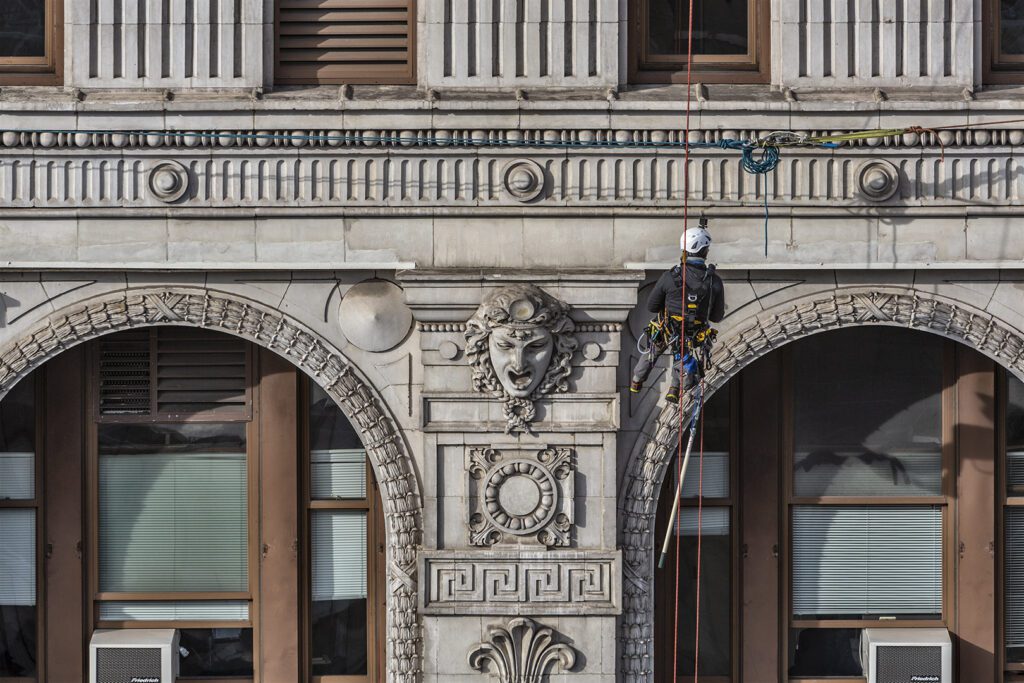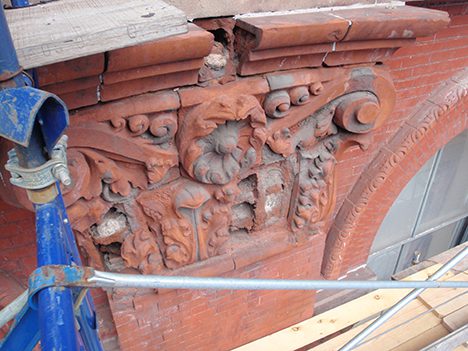The History of FISP
January 8, 2021

New York City Local Law 10 of 1980 was enacted shortly after a piece of masonry fell from the façade of a building on Manhattan’s Upper West Side, killing a pedestrian (Grace Gold, a Barnard Student). In an effort to curtail the occurrence of such accidents, the New York City Council amended the NYC Building Code. The City mandated that owners of applicable buildings have their street façades and appurtenances periodically inspected by a licensed Registered Architect or Professional Engineer and that a Report based on this periodic critical examination must be filed with the Department of Buildings. The law applies to all buildings that are greater than six stories in height.
In 1997 and 1998 New York City experienced several highly publicized exterior wall failures. In response, New York City Local Law 11 of 1998 was passed by the City Council and signed by the Mayor in March of 1998. The new law, known as Local Law 11 of 1998, further expanded the requirements for inspection and maintenance of the façades of buildings greater than six stories in height. Owners of all such buildings must have a Registered Architect or Professional Engineer inspect the entire building envelope, including walls facing the rear or sides of adjacent buildings. At least one complete “close-up” inspection from ground level to roof level via a scaffold (or other observation platform) is also required. Following specific guidelines provided by the Department of Buildings, the professional must determine the condition of all walls and appurtenances and compare it to the condition reported in prior Local Law 10/11 reports.

Another significant change was the elimination of the “precautionary” filing status. Under Local Law 11 of 1998, the inspecting professional must designate the building as either, Safe, Safe with a repair and maintenance program “SWARMP” or Unsafe. Furthermore, the Report must be signed by both Architect/Engineer and Owner. Moreover, no previously described repair conditions can be reported in two consecutive cycles.
In 2010, the program in its 7th Cycle was renamed to FISP (Façade Inspection & Safety Program) and staggered filings were introduced. In 2013, the 7th Cycle required supplemental inspections of guardrails, balcony and fire escapes for structural stability and code compliance. 2015 opened the 8th Cycle of FISP and guardrails and handrail elements must be incorporated into the Report. For a limited period of time during the 8th Cycle, the FISP reports were required to provide permits for all greenhouses, sunrooms and balcony/terrace enclosures to ensure they were legalized at the time of installation. The DOB has since rescinded this requirement; however the QEWI is still expected to inspect and determine if the enclosures are structurally stable and state this in the FISP report.
The detailed inspection and reporting requirements, as well as additional law updates, are contained in RCNY §103-04 Periodic Inspection of Exterior Walls and Appurtenances of Buildings.
Recommended Articles
Sorry, we couldn't find any posts. Please try a different search.